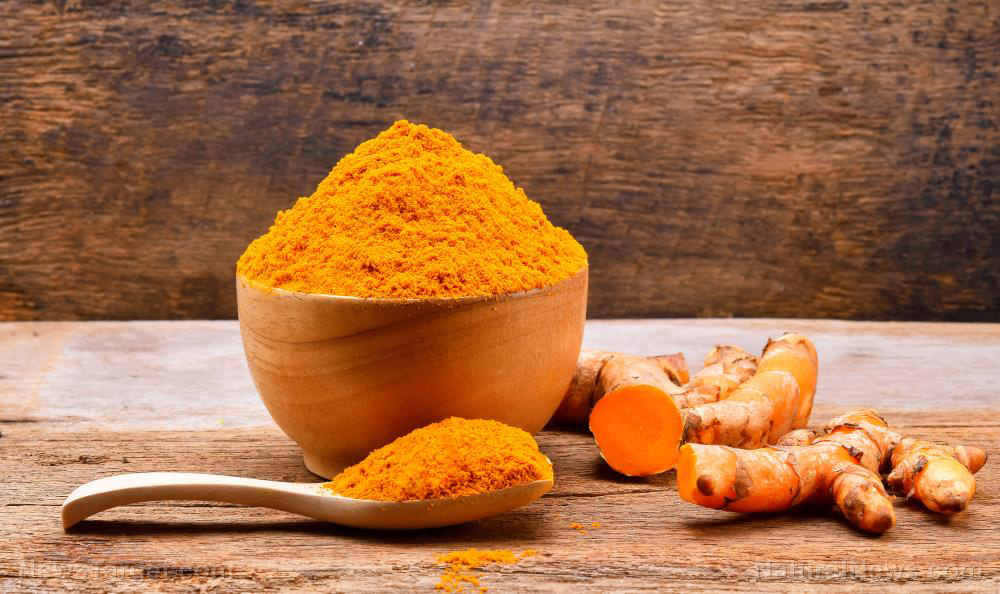
- Shankh blowing, or blowing into a conch shell, may reduce daytime sleepiness and improve sleep quality.
- The technique strengthens respiratory muscles and increases blood oxygen levels.
- Preliminary research suggests a link between OSA and an increased risk of lung cancer, underscoring the need for effective interventions.
- Alternative practices like shankh blowing could offer cost-effective, accessible treatments for OSA.
- Alternative nostril breathing increases yagal tone, oxygenating the body.
- These practices can help individuals who are dependent on CPAP machines.
The power of the conch shell: Shankh Blowing
Shankh Blowing, the practice of blowing into a conch shell, offers its own set of benefits. This technique strengthens respiratory muscles through forceful exhalation against resistance, similar to inspiratory muscle training (IMT), which is used in pulmonary rehabilitation. The sustained vibrations and deep exhalations activate the vagus nerve, leading to a lowered heart rate and blood pressure, and inducing a relaxation response. The breath control required for Shankh Blowing can temporarily increase alertness by reducing CO2 levels through hyperventilation, followed by a rebound relaxation due to parasympathetic activation. The sound frequencies produced, ranging from 90–150 Hz, can stimulate alpha brainwaves, reducing activity in the amygdala—the fear center of the brain. In the heart of ancient Indian traditions, the conch shell, or shankh, holds a sacred place, often used in religious ceremonies and musical performances. But amidst its cultural significance, there lies a therapeutic potential that transcends spirituality. When Dr. Krishna K. Sharma introduced shankh blowing as a treatment for OSA, he tapped into this ancient practice, marrying it with modern medical research. Dr. Sharma’s team conducted a small trial involving 30 participants aged 19 to 65, encouraging them to blow into a conch shell for at least 15 minutes, five days a week, over the course of six months. The results were compelling: those who practiced shankh blowing reported being 34% less sleepy during the day and experienced better quality sleep.Harnessing the breath: Alternative nostril breathing
Alternate Nostril Breathing, or Nadi Shodhana, is a powerful practice that leverages the nasal cycle and autonomic balance to promote relaxation and reduce stress. The nostrils are linked to the sympathetic and parsympathetic nervous systems, with the right nostril corresponding to the former and the left to the latter. By alternating nostrils, Nadi Shodhana harmonizes these systems, leading to a reduction in cortisol levels and an increase in heart rate variability, both of which are markers of resilience. Research using EEG has shown that this practice enhances alpha brain waves, which are linked to calm focus, and improves the coordination between the left and right brain hemispheres. The slow, deep breathing encouraged by Nadi Shodhana also increases vagal tone, which reduces inflammation and improves oxygenation. Studies have demonstrated that it can improve lung function in both asthmatics and athletes, while a 2019 study found a 30% reduction in anxiety symptoms after 8 weeks of practice. Additionally, Nadi Shodhana has been shown to improve melatonin release, thereby enhancing sleep quality. Alternative nostril breathing works on the principle of the nasal cycle, a natural rhythm where one nostril is dominant and the other restricted, alternating throughout the day. By alternating between nostrils, practitioners can bridge the gap between the sympathetic and parasympathetic nervous systems, promoting relaxation and reducing stress. This has been shown to lower cortisol levels and increase heart rate variability, both critical for resilience and emotional balance.The irony of oxygen: CPAP and beyond
For many with OSA, continuous positive airway pressure (CPAP) machines have become a lifeline, providing continuous airflow through a mask to prevent airway collapse during sleep. Yet, despite their effectiveness, CPAP machines are far from perfect. They are bulky, uncomfortable, and can lead to a dependence on technology rather than natural breathing. Enter the conch shell as a potential alternative. Shankh blowing, like CPAP, works to increase blood oxygen levels and reduce the number of apnea events. However, it does so without the reliance on external devices. Unlike a CPAP machine, shankh blowing is low-cost, accessible, and enhances the natural respiratory muscles. This fosters a sense of self-sufficiency, empowering individuals to take control of their health. In essence, these techniques harness breath control, neural pathways, and vibrational biology to optimize physical and mental health. For maximum benefits, regular practice is key—ideally 5–10 minutes daily. Through consistent use, individuals can experience improved resilience, enhanced focus, better sleep, and overall well-being. Sources include: Dailymail.co.uk News-Medical.net Pubmed.gov ResearchPublish.com [PDF]Revitalize your health: The power of liver and gallbladder cleansing
By Kevin Hughes // Share
Curcuminoids reduce symptoms of ulcerative colitis and improve well-being
By News Editors // Share
A new era of longevity: How hormones, NO and stem cells could transform aging
By Willow Tohi // Share
Nature’s prescription: Living near parks and water can shield older adults from mental decline
By Evangelyn Rodriguez // Share
Trump ends Biden's fuel standards, slashes costs for American drivers
By ramontomeydw // Share
India retreats on mandatory cybersecurity app after privacy uproar
By bellecarter // Share
Digital burnout is the new normal for 62% of Americans, survey reveals
By isabelle // Share
A legal pendulum swings again in West Virginia’s vaccine exemption fight
By willowt // Share
Beyond relaxation: The science of hot baths as a modern health therapy
By willowt // Share











